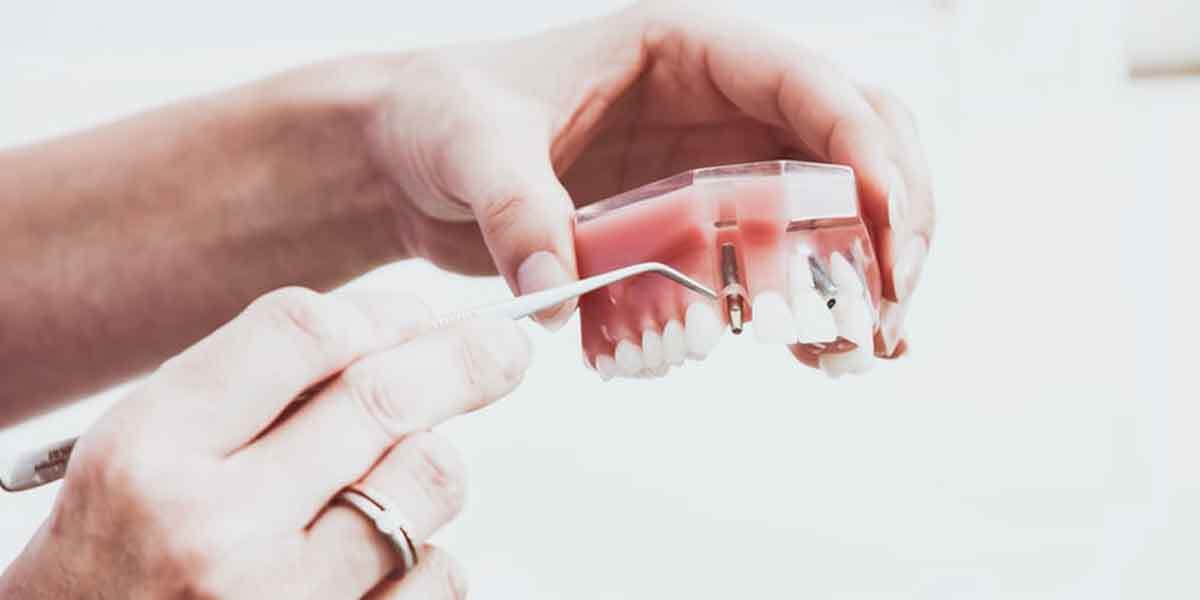Author: nearmedental
Dental imaging creates a three-dimensional image of the teeth or other parts of the mouth. There are many benefits of dental imaging. Dentists often use it to diagnose tooth decay, possible bone loss, and other changes that may require treatment. The imaging process requires X-rays.
Dental imaging is so popular these days because it provides dental practitioners with a way to visualize the inside of the mouth from different angles. Thus, it helps them make informed decisions about treatments.
Benefits Of Dental Imaging That Makes Life Easier.
Faster Processing Time – Benefits of Dental Imaging
When you communicate with your clients, you can use dental imaging to show teeth in situ. This allows the client to visualize the inside of their mouth better and best understand what kind of dental care they need. However, there are also benefits for the practitioner. Dental imaging provides a way for practitioners to diagnose tooth decay and possible bone loss. X-rays can be used to produce detailed images of the teeth and surrounding bones. Practitioners must have quick access to these images because it allows them to identify changes before they become irreversible.
Better Image Quality – Benefits of Dental Imaging
It also provides a way of diagnosing tooth decay and possible bone loss, which is crucial because it can help identify changes before they are irreversible. Dental imaging also provides a way for practitioners to track any changes taking place in the mouth of their patients. In addition, it provides your client with a better understanding of their teeth and ensures that they can make an informed treatment decision.
Improved Diagnostics – Best Benefits of Dental Imaging
One of the significant benefits of dental imaging is that it helps practitioners visualize the inside of the mouth from different angles, which allows them to make informed decisions about treatments. Secondly, they can see how teeth align and identify their position about one another. This facilitates diagnosis and treatment. Dental imaging also provides a way for practitioners to diagnose tooth decay and possible bone loss.
Easier To Use
Dental imaging is easier to use for several reasons. It provides a way of diagnosing tooth decay, identifies changes before they are irreversible, and provides practitioners with the ability to track any changes taking place in the mouth. The technology also facilitates diagnosis and treatment and provides a better understanding of teeth and any problems that may arise.
Environment Friendly – Benefits of Dental Imaging
Dental imaging is environment-friendly because it is non-invasive. Dental imaging doesn’t require any drilling or injections, which means there is no need for any sedation. It uses a low level of radiation and is very safe for the patient.
In addition, dental imaging produces a 3D image, making it easier to identify specific problems in the mouth. Dentists can use dental imaging to assess patients’ teeth and oral health in a way that they couldn’t when relying on naked eyes.
Why Are Dental X-Rays Performed?
A professional usually perform Dental X-rays to locate the position of the tooth roots in the jawbone. The dentist will then be able to diagnose whether there are any dental abscesses or cysts. Dentist will suggest the X-ray when a possible problem has been detected. It helps the dentist identify possible cysts, bone loss, and other changes before they become irreversible.
X-rays are helpful because they provide a better understanding of the teeth and any problems that may arise. They use low levels of radiation and are safe for your teeth. Dental imaging also produces 3D images, which makes it easier to identify specific problems in the mouth. Dentists can assess patients’ teeth and oral health.
What Are The Types Of Dental Imaging X-Rays?
Dental imaging x-rays take a series of pictures of the teeth and surrounding bone. These pictures are then put together to produce a 3D image that the dentist can identify specific problems.
The two main types of dental imaging x-rays are intraoral and panoral. Intraoral x-rays focus on the inside of your mouth, while panoramic x-rays combine images from all angles. This is commonly used for orthodontic diagnosis and treatment
Risks Of Dental Imaging: Is It Worth It?
Dental imagery is an innovative technology that has helped dentists simplify their work. The benefits of dental imaging do not mean that the procedure is free of risks. Many factors come into play, such as the type of procedure, equipment used, and how long the image acquisition will last.
The risk of acquiring excess radiation is something to be concerned about when undergoing dental imaging procedures. There is a risk of developing cancer because of extra radiation exposure during dental imaging.
Thus, you should always consult your dentist before proceeding with any procedure.



